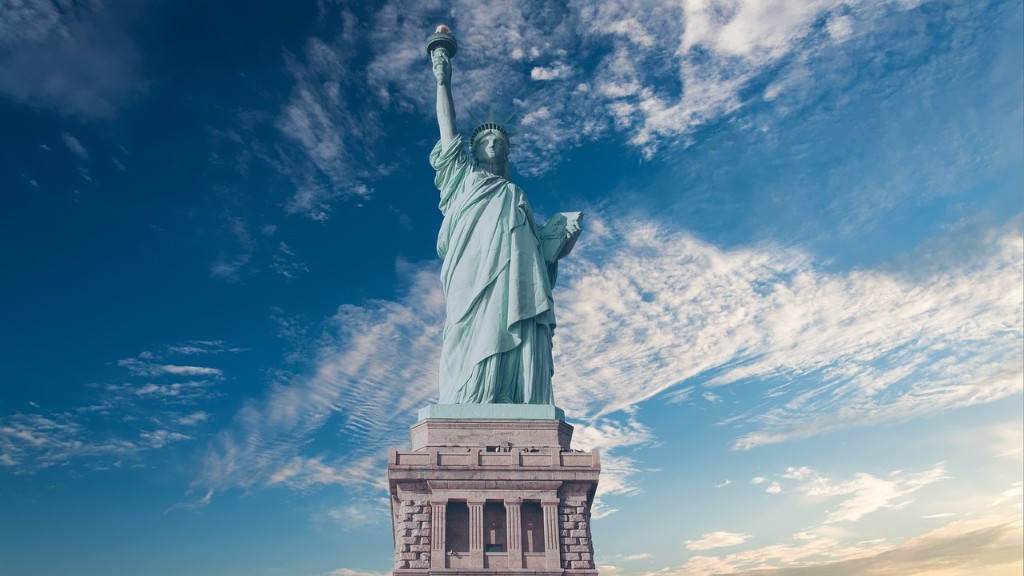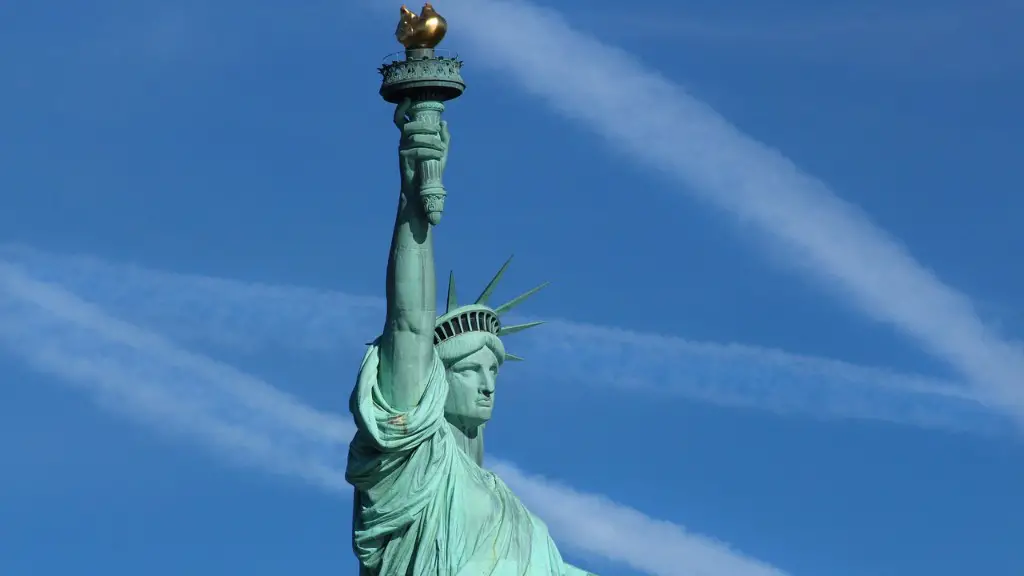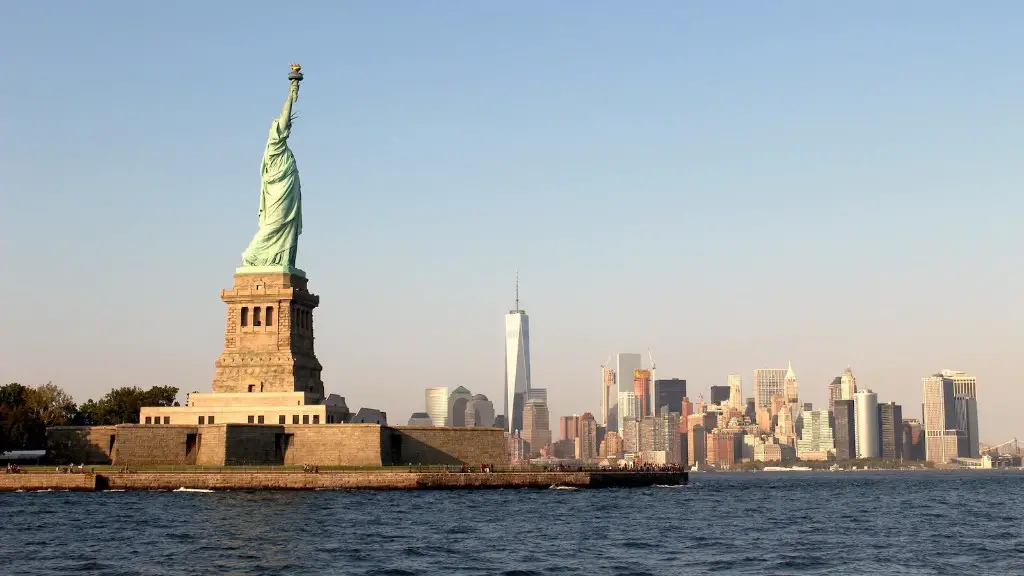The Forbidden City lies at the heart of Beijing, China – shrouded in mystery, stories and history. Constructed between 1406 and 1420 CE during the Ming Dynasty , it was the imperial palace for two dynasties, and home to two royal courts for almost five centuries, peaking in the 18th century when it housed up to 24 emperors and thousands of palace residents. It also served as a ceremonial and political centre of Chinese government for almost five centuries.
Covering almost a square kilometer, the Forbidden City is the world’s largest and most complete palace complex, and one of the most important cultural and historical sites in the world. It is comprised of 980 large buildings including numerous courtyards, palaces, pavilions, and gardens. A wall with four gates enclosing the city separates it from the outside world, signifying the imperial status and keeping it secret. Inside, the complex consists of a wall and moat, ornate gates and grand halls, ruins, museums and monuments.
The Forbidden City is divided into two main areas, the Inner and Outer Courts. The Outer Court was the home to the emperor and the imperial entourage and included the Hall of Supreme Harmony, the Hall of Preserved Harmony and the Hall of Central Harmony. The Inner Court housed the emperor and his consorts, and was the site of their religious ceremonies. The royal chambers and royal family residences were located in the southern section of the city. This part of the city was forbidden to outsiders.
The life and culture of the imperial court was very different to that of the common people. The emperor had absolute power, and all government offices and ceremonies were centralized within the Forbidden City, which was closely guarded to ensure the secrecy of its daily operations. An elaborate etiquette was observed, from the way and manner court was held by the emperor, to the way court staff conducted their business. There were strict protocols for the number and type of objects that could be authorized and removed from the city, with many rare and precious artifacts and furniture.
Forbidden City is also a popular tourist destination and a major cultural centre. Today, the palace complex is open to the public, with museums and exhibitions celebrating the rich history of the site. One can explore the palace courtyards, admire the ancient imperial architecture, view artwork and artifacts, and explore the vibrant Forbidden City market. Visitors also have the opportunity to take part in interactive activities, catch a glimpse of the imperial lifestyle, and hear stories of the emperors who once called the palace home. The ceaseless history of the place, and its careful preservation, provokes a feeling of respect, awe and admiration in even the most experienced travellers.
Gates
The Forbidden City is surrounded by a wall and inside, there are four gates: the Southern Gate, the Eastern Gate, the Northern Gate and the Western Gate. Each of these gates is decorated with golden figures, dragons around the beams and rafters, and mythological figures representing good luck. Each gate is guarded by a 12m tall bronze lion, one with his mouth open, the other with his mouth closed. The wide open mouth symbolizes a warning that ominous orders must be obeyed and the closed mouth signifies secrecy. The gates are used for ceremonial events and important visitors.
Gardens
The Forbidden City also has several gardens, including the Imperial Garden and the Jade Terrace. The Imperial Garden is the largest garden in the Forbidden City and houses numerous pavilions, fountains, ponds and lush vegetation. The Jade Terrace is a smaller garden with a miniature pavilion, rockery and waterfall – its purpose was to provide the emperor with a pleasant atmosphere for relaxation and reflection. Both gardens are carefully planned, keeping their balance and harmony with the larger Forbidden City.
Monuments
Inside the Forbidden City, there are a number of monuments including the Burning of Books and Burial of Confucian Scholars Monument, the Glazed Archway, the Memorial to Loyal Servants, the Moon Viewing Pavilion, and the Imperial Ancestral Temple. These monuments often served as places to commemorate notable people, or to make imperial decrees.
Artifacts
The Forbidden City contains many artifacts like jade carvings, bronze ware, gold and silverwork. One of the most important artifacts is the Imperial Jade Seal, dating back to the 13th century and believed to have been used by many emperors throughout history. Other famous artifacts include the Jinhua Collection, the bronze Potala Collection and the Wenhua Collection. These artifacts represent an important part of imperial history, culture and tradition.
Museums
The Forbidden City is home to a number of museums, which tell the story of the palace and its occupants. The Garden of Perfect Brightness houses a collection of ancient Chinese paintings, pottery and other artifacts, while the Ancient Chinese Paintings Museum exhibits works dating back to the 11th century. The Beijing Ancient Observatory is one of the most important museums, with over 5,000 astronomical instruments used to observe the stars and planets. There is also a museum dedicated to the imperial family of the Ming and Qing dynasties, and a museum that traces the history of Chinese architecture in the Forbidden City.
Cultural Significance
The Forbidden City has played an important role in China’s history, representing the power of its rulers and the wealth and opulence of their lifestyles. It is one of the most popular tourist destinations in China, and has been included in UNESCO’s World Heritage list, symbolizing China’s rich cultural and historical legacy. The Forbidden City also symbolizes the grandeur of Chinese civilization, and its rich tapestry of culture and tradition.
Interaction with Outside World
People from all over the world come to visit the Forbidden City and discover its secrets. While it was once closed off to outsiders, today, it is open to all and provides them with a chance to immerse themselves in its history and culture. Tourists can explore its many courtyards, monuments, artifacts and gardens, admire the vibrant city, and learn about its long and storied past. Visitors to the Forbidden City also come away with a better understanding of Chinese culture, which still remains largely mysterious to the rest of the world.
Meaning of ‘Forbidden’
The name ‘Forbidden City’ conjures up images of grandeur, mystery, and antiquity, but also implies exclusion and secrecy. To ancient Chinese people, the Forbidden City represented the power of the Emperor and the authority of the government. Even though the exact origin of the name is unknown, it is speculated that it was used to scare away and keep out intruders, which is understandable given its strategic position and vast size. Today, it stands as a commemorative architectural complex and serves as a reminder of the legacy of Chinese imperial dynasties.


